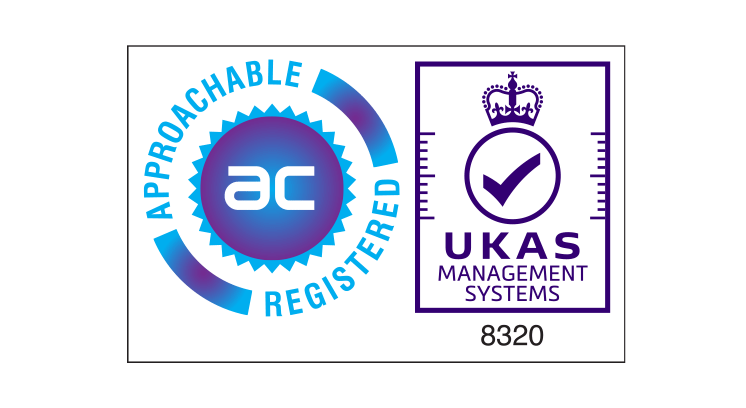In field service, there are many different types of maintenance activity and maintenance software to consider. Service operators frequently practise preventative or predictive maintenance depending on their goals. Regardless of which, they both act as popular service features for their clients. Why is this, I hear you ask? (Figuratively, of course). In the not-to-distant past, resolving a customer issue shortly after it occurred was considered the gold standard of field service management. Today, however, differentiation and service excellence requires more than this. Service excellence involves proactivity by the service provider, seamlessly meeting their customer’s challenges or problems before they manifest in the present and with minimal inconvenience in the future.
Predictive Maintenance vs. Preventive Maintenance
This proactivity describes preventative or predictive maintenance in a nutshell. Both seek to fix a customer problem or an equipment issue before it manifests and causes downtime. The goal is unanimous. However, the execution is very different. The immediate difference between preventive and predictive maintenance is that predictive maintenance is scheduled based on asset conditions; preventative maintenance is part of a regular workflow with a routine schedule. Both maintenance classifications can be managed using field service management solutions and CMMS (Computerised Maintenance Management Software). And really, that’s where we could end the article, but there is so much more to say. Before fully understanding the differences between these two maintenance methods in field service delivery, it is essential to understand each maintenance type fully. Grab your goggles, and let’s dive deeper.
Why is maintenance important in field service?
Let’s start with the basics. In field service, maintaining assets, equipment or fleets is the backbone of smooth and reliable service. The assets to be maintained are either enterprise-owned or the organisation’s responsibility on behalf of its clients. Maintaining assets may even be the sole purpose of your field service organisation. Regular maintenance of owned or client-side assets keeps the gears turning and ensures a streamlined and consistent workflow day-in-day-out.
Slick, seamless maintenance activities improve service delivery capacity while averting any service downtime and SLA breaches. In short, well-managed asset maintenance activity allows you to reliably and consistently deliver exceptional service. Whether maintenance helps elevate your service offering or is your entire service offering, there is increasing pressure to be faster, more efficient, and provide better customer service—this is no easy task under the best circumstances.

Maintenance Software or CMMS (Computerised Maintenance Management Software)
Modern problems can be relieved by maintenance software and is a definite must if you are considering introducing a field service management platform. Maintenance software offers a smooth and complete maintenance workflow for field service organisations using a digital field service management platform. Maintenance software tracks and manages all maintenance activities in delivering field service operations. This platform also organises, trails and analyses all daily repairs and tasks a mobile technician completes. Maintenance software solutions can empower an organisation to be proactive with coverage for predictive or preventative maintenance built-in from the ground up. Using proactive maintenance software, your team can regularly exceed expectations by identifying and handling asset faults issues before a customer even becomes aware of a problem. Unscheduled downtime, equipment failure, and risks from operating faulty equipment are all significantly reduced. Most importantly, it satisfies customers and fosters loyalty.
What is Predictive Maintenance?
Predictive maintenance (PdM) relies on data analysis tools and techniques to detect or predict anomalies or defects in your operational processes or equipment and processes before they fail. This continuous analysis of asset-centric metrics enables you to see and correct issues before they become a problem. In practice, this means organisational assets receive care as or before it’s needed.
How does predictive maintenance software work?
A typical predictive maintenance workflow looks like this:
- Define equipment to be monitored and prime operational conditions.
- Establish frequency of monitoring.
- Monitor activity/metrics relating to asset condition.
- Issue report revealing present asset performance and forecast.
- Is there an abnormality detected? Return to Step 3 and repeat the process if no exception is present. If there is an abnormality, continue to Step 6.
- Creation of work order.
- Determine work date & skill requirement.
- Ensure parts and technicians are available.
- Repair underway.
- Close the work order and return to Step 3.
What is Preventive Maintenance?
In contrast to predictive maintenance, which forecasts asset failures before they occur, Preventive Maintenance (PM) decreases the likelihood of it happening in the first place.
Preventive maintenance (PM) is regularly scheduled maintenance of equipment or assets as part of a routine. This routine maintenance prevents downtime from unexpected equipment failure by ensuring equipment is well maintained and running reliably within predetermined tolerances.
How does preventive maintenance work?
What are the Main Differences Between Preventive and Predictive Maintenance?
Preventive Maintenance
Benefits
- A proactive approach to a frequent problem or issue
- Increases asset lifespan/equipment lifecycle
- Reduces the likelihood of unplanned downtime and failure
Challenges
- The most obvious challenge is the increase in planned downtime.
- Maintenance is only carried out when it is technically unnecessary, wasting time and not benefiting the client.
- Maintenance may occur too late.
- Poorly maintained assets can fail, causing further damage within a network or individual asset, leaving technicians to start from scratch.
- Complete asset replacement requires time, resources and capital to conduct, reducing profitability and efficiency.
Predictive Maintenance
Benefits
- Identifies issues early on and addresses them proactively. Any non-issues are removed, saving time and increasing profitability.
- Inventory efficiency is improved. Storage is lean, with only necessary components present.
- Real-time analytics streamed to service management provide several remedies and service schemas right at their fingertips.
Challenges
- It introduces additional complexity to already complex service delivery.
- It can be very costly for the upfront investment. An operator may require new equipment, tech infrastructure, and expertise to establish and maintain protocols.
- It may require costly additional training for staff.
Maintenance Software: Closing Thoughts







